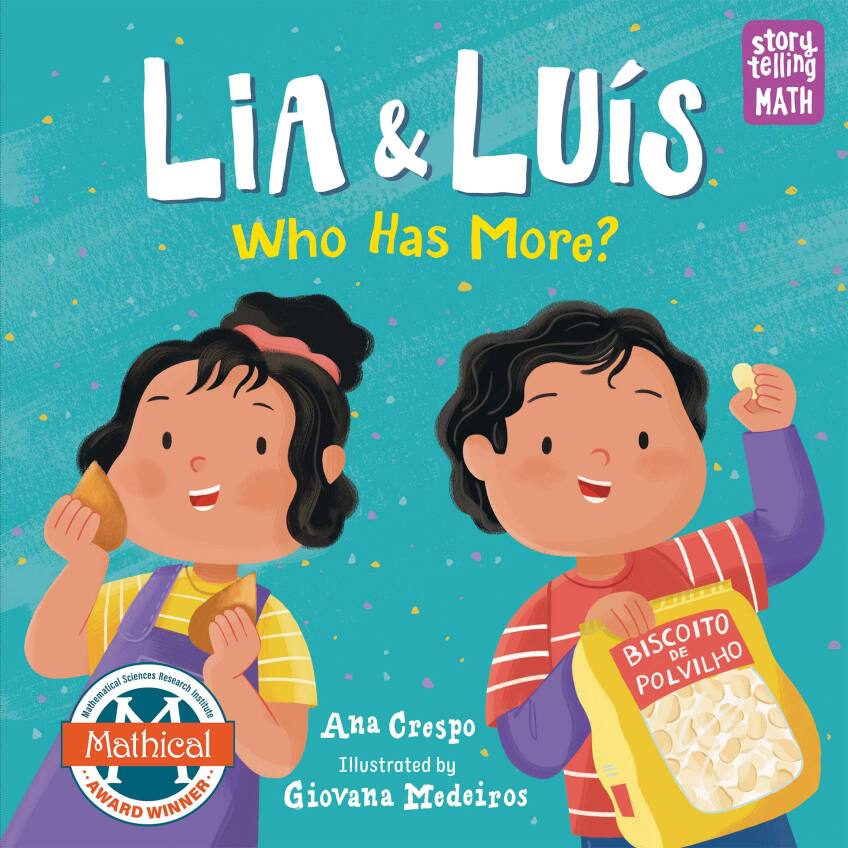How to Make a Marble Drop STEM Game Playset With a Recycled Box
Create a cardboard drop STEM experiment with recycled materials. In this fun hands-on activity, your child will practice making hypotheses and recording data like a scientist! For young children, data analysis starts with sorting and counting and evolves into data representation.
Learning Goals
This activity will help your child:
- Make observations and predictions (or hypotheses)
- Sort and organize data
- Represent data with a tally chart
Materials
- Cardboard box with a lid (such as a recycled shoe box)
- 3 cardboard tubes of the same size (recycled toilet paper tubes, paper towel rolls, or you can make cylinder rolls with paper)
- Paint or markers
- Tape or glue
- Index cards
- Small objects like marbles, cereal loops and coins
Step-by-Step Instructions
1. Set up the experiment playset. Remove the lid from the box and flip it so the inside is facing up. Flip the box to its side so the inside is facing away from you. Align the outer edge of the lid to the outer bottom of the box on their long sides.
2. Draw a line halfway through the outer box and inner lid from top to bottom, so the line splits them in half lengthwise. Secure the bottom of the box to the side of the lid using glue or tape, making sure your lines align.
3. Take the cardboard tubes and decorate them with colored tape or markers. Once you decorate them, do the same to the box, using two different colors to paint the sides of the box that are divided by your line.
4. Make a "V" shape with two cardboard tubes and tape them on the middle of the bottom of the box (the side attached to the lid) around an inch or two away from the lid. It's OK if they stick out of the box a bit. Next, place the third cardboard tube vertically on top of the other two tubes and tape it in place.
5. Look for small items to slide in the cardboard tubes, like marbles, cereal loops, or small coins. Begin to hypothesize. Ask your child, "Which cardboard tube do you think your objects will drop to? The one on the right or the left? Which objects do you think will keep rolling and reach the end of the lid? The marble, the cereal loop, or the coin? What will happen when you drop the marble?"
6. Make an index card for each object to test. Label each index card with the object's name on top (or draw a picture of the object) and draw a line down the middle of the index card. Label the left side "Left" and the right side "Right." Now, you have a chart to record your data!
7. Experiment! Drop each object 10 times through the tubes. After each drop, make a tally mark on the index card to record which side the object landed on.
8. Talk about your findings. Were your hypotheses correct? Count the tally marks. Ask your child, "Did most objects land on the left or right side? How do you know? Which object landed mostly on the left side? Which object landed mostly on the right side? Try with two objects at the same time. What happens?"
Keep the Conversation Going
What else can you analyze? Think of other ways to record data with your objects. Do your objects float, or do they sink in water? Do they roll on a flat surface?
Book Suggestion
"Lia & Luis: Who Has More?" / "Lia y Luís: ¿Quién Tiene Más?" by Ana Crespo (Ages 3-5)

When children compare amounts, they build their understanding of quantity, weight and other measurable features. In this warm picture book featuring Brazilian American siblings, your child will explore the math of comparing and measuring. Use the storybook guide by DREME to help you talk about math while you read together.
You can also learn more about what inspired Ana Crespo to write the book and how she chose the main characters.
Corresponding Standards
California Preschool Learning Foundations
Math – Algebra and Functions
- Children expand their understanding of sorting and classifying objects in their everyday environment.
Science - Observation and Investigation
- 1.3 Identify and use a greater variety of observation and measurement tools. May spontaneously use an appropriate tool, though may still need adult support.
- 2.1 Record observations or findings in various ways, with adult assistance, including pictures, words (dictated to adults), charts, journals, models, and photos
Head Start Early Learning Outcomes Framework
- Goal P-MATH 8. Child measures objects by their various attributes using standard and non-standard measurement. Uses differences in attributes to make comparisons.
- Goal P-SCI 1. Child observes and describes observable phenomena (objects, materials, organisms, and events).
- Goal P-SCI 4. Child asks a question, gathers information, and makes predictions.
- Goal P-SCI 5. Child plans and conducts investigations and experiments.

